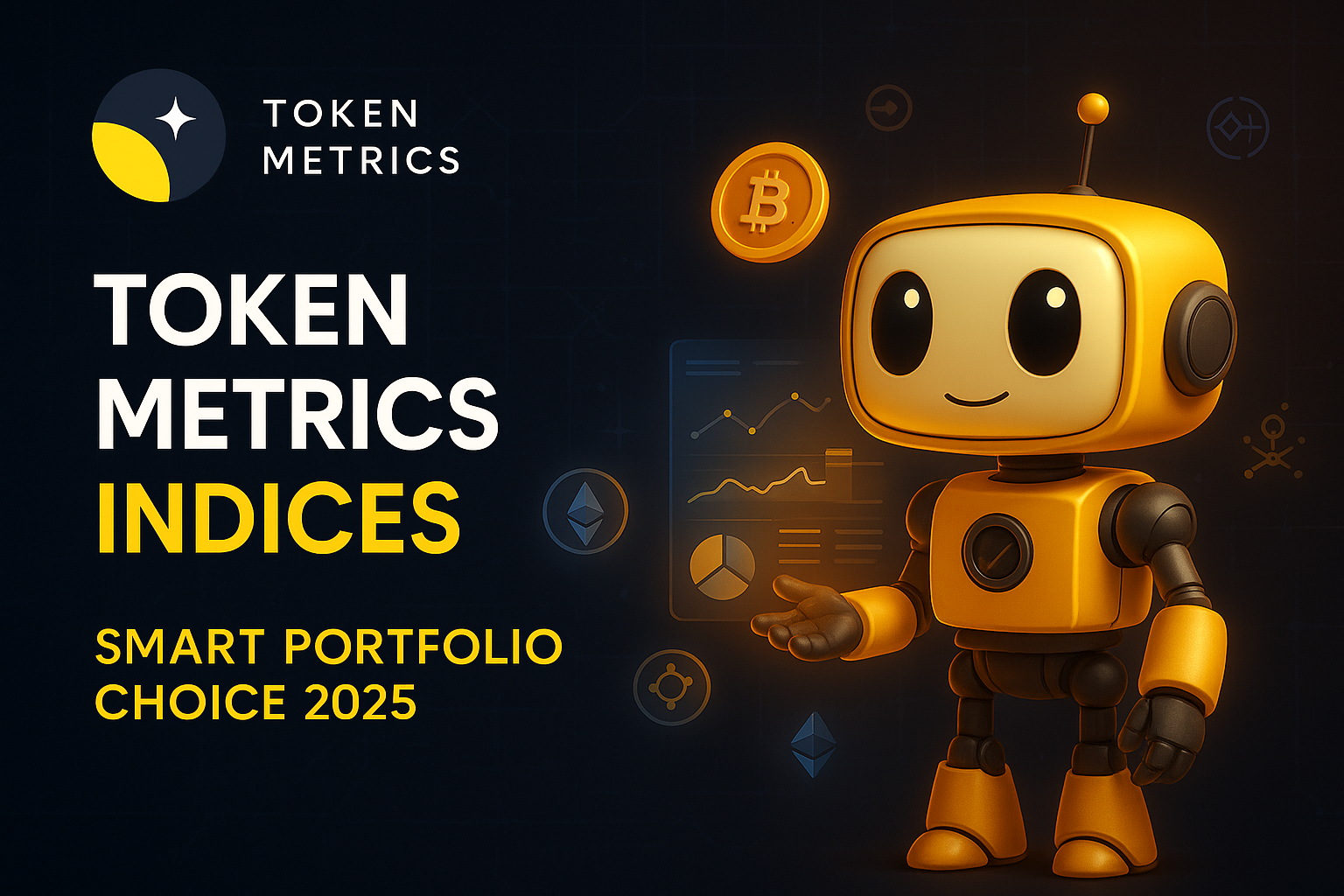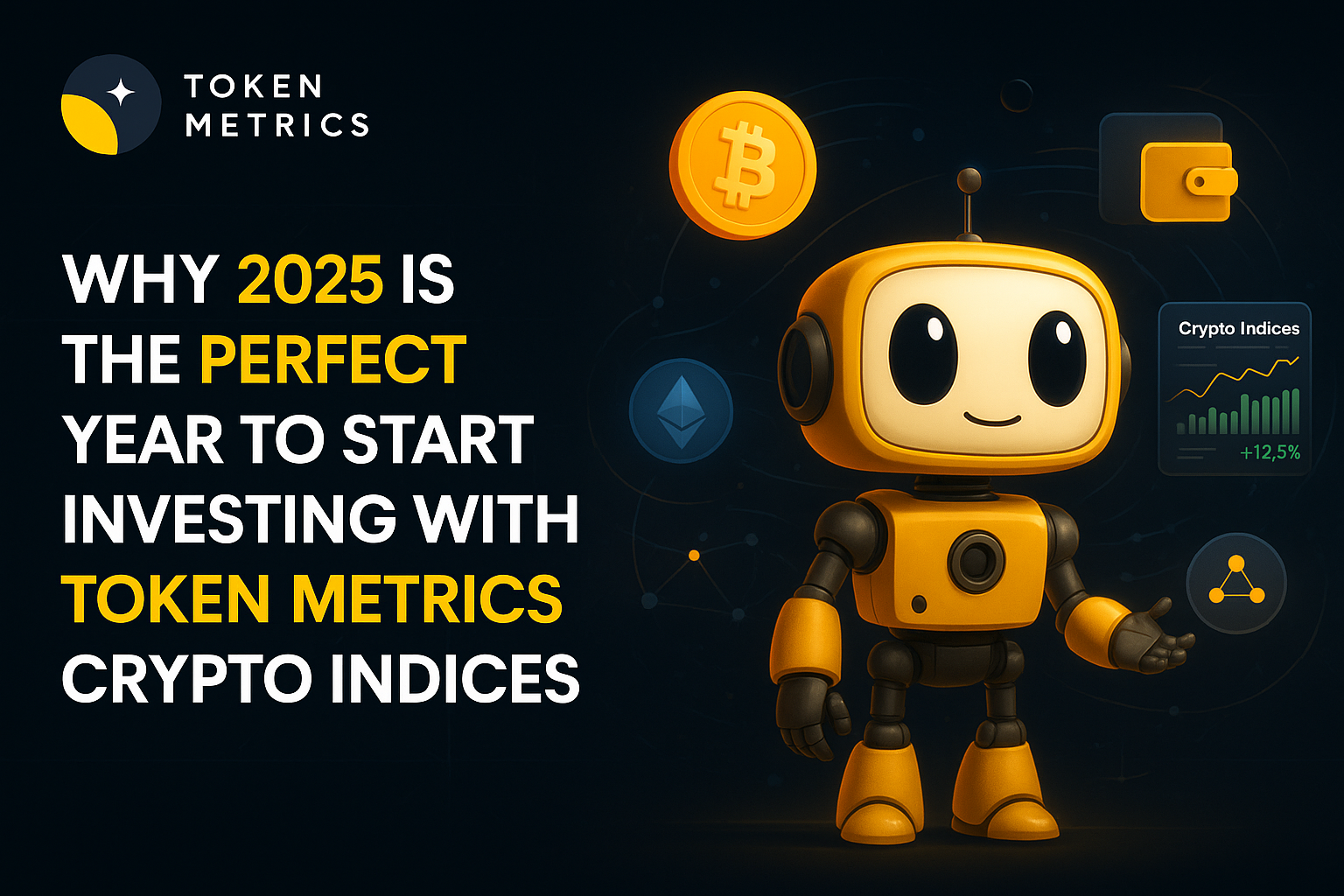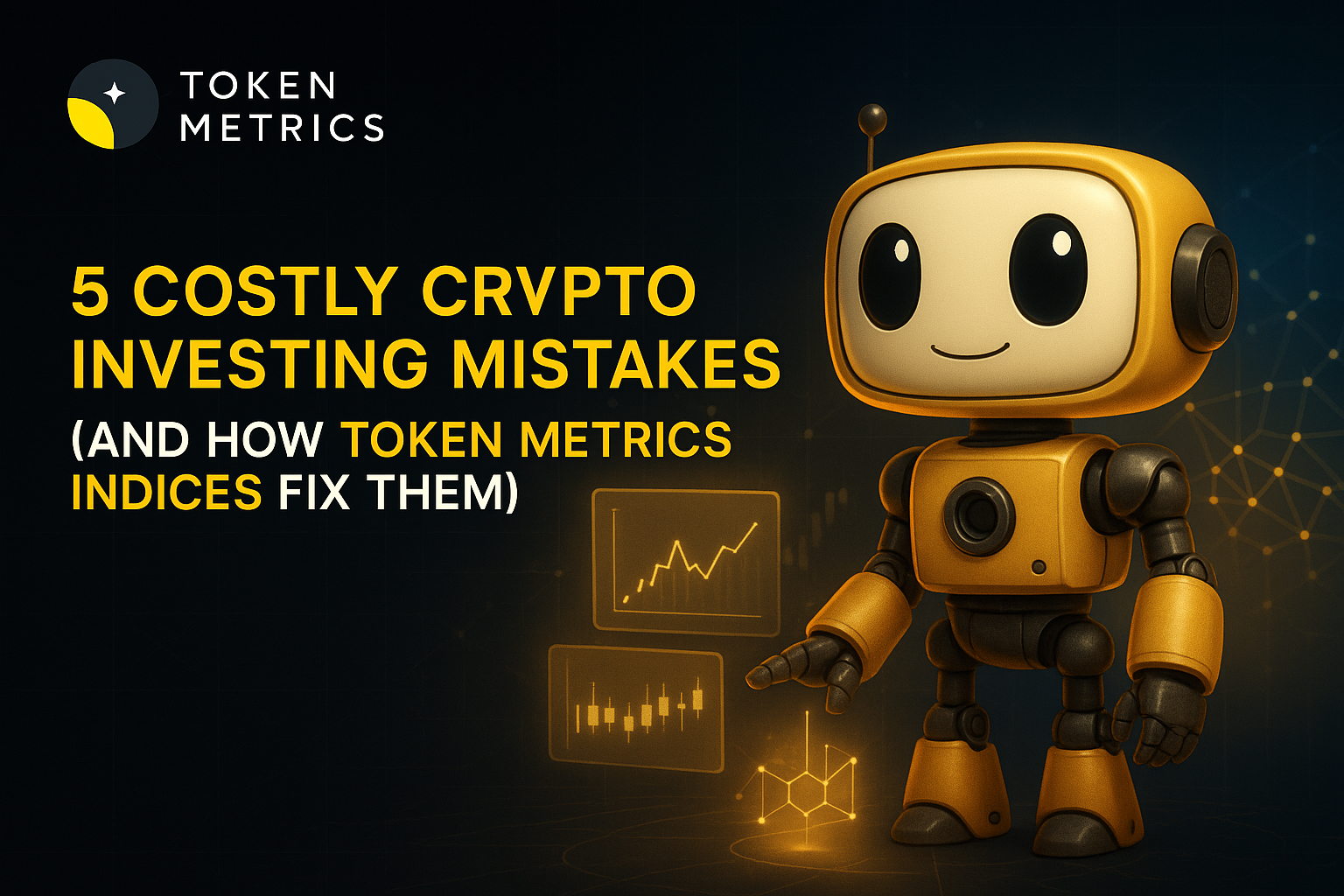
Cryptocurrency Mining - What It Is and How to Mine Cryptocurrencies in 2023

Cryptocurrency mining has become a buzzword in the world of crypto and technology, and it has become a popular way for individuals to generate new coins and earn money.
While the concept of mining may seem intimidating to some, it's actually quite simple and accessible to anyone with a computer and internet connection. As we enter 2023, the world of crypto mining is constantly evolving and adapting to changing market conditions.
In this article, we will explore the ins and outs of crypto mining, including how it works, its types, the equipment needed for mining, and the potential benefits and drawbacks.
What is Cryptocurrency Mining?
Crypto mining is the process of adding new blocks to a blockchain by verifying transactions and solving complex mathematical equations. When a new block is added to the blockchain, the miner responsible for the block receives a reward in the form of newly minted cryptocurrency.
In order to mine cryptocurrency, you also need to have some serious computing power. This is because the mining process involves solving complex mathematical equations to validate transactions on the network. The more computing power you have, the more equations you can solve, and the more rewards you can potentially earn.
The most popular cryptocurrency to mine is Bitcoin, but there are also many other digital currencies that can be mined, such as Ethereum, Litecoin, and Dogecoin. Each cryptocurrency has its own mining algorithm and requirements, so it's important to do your research and choose the one that best suits your hardware and preferences.
How does Crypto Mining Work?
Now, let's understand how crypto mining actually works.
When a transaction is made on a cryptocurrency network, it needs to be verified by multiple nodes on the network to ensure its validity. These nodes are essentially computers that are connected to the network and are responsible for maintaining the blockchain, which is a digital ledger that records all transactions on the network.
When a node verifies a transaction, it adds it to the blockchain and broadcasts it to the rest of the network. The other nodes then verify the transaction as well, and if a majority of them agree that it is valid, the transaction is confirmed and added to the blockchain permanently.
This is where miners come in. Miners use their computers to compete with each other to solve a complex mathematical equation known as a hash. The first miner to solve the hash is rewarded with a certain number of digital tokens or coins, which is why mining is often referred to as earning cryptocurrency.
Proof of Work Method in Crypto Mining
Proof of Work (PoW) is a consensus algorithm used by many blockchain-based cryptocurrencies to validate transactions and prevent fraudulent activity on the network.
Now, you might be thinking, "What is a consensus algorithm?" Well, a consensus algorithm is a set of rules that determine how transactions are validated and added to the blockchain.
In a decentralized network, like a cryptocurrency, there is no central authority to oversee the transactions and ensure their validity. Instead, the network relies on consensus algorithms to ensure that all nodes on the network agree on the state of the ledger.
In a PoW system, nodes on the network compete with each other to solve complex mathematical equations, or "hashes," in order to validate transactions and earn rewards. The first node to solve the hash is rewarded with a certain amount of cryptocurrency, such as Bitcoin or Ethereum. This process is often referred to as "mining."
What Equipment is Needed in Crypto Mining?
To mine cryptocurrency, a miner needs specialized hardware, such as a graphics processing unit (GPU) or an application-specific integrated circuit (ASIC). These devices are designed specifically for crypto mining and are optimized for the computational power required to solve the complex equations.
Other equipment needed for mining includes a mining pool, which is a group of miners who combine their resources to increase their chances of solving the mathematical problems and receiving the reward. A miner also needs a wallet to store their earned cryptocurrency.
Types of Cryptocurrency Mining
There are actually several different types of crypto mining. Let's saddle up and take a closer look at each one.
CPU Mining - The first type of mining is CPU mining. As the name suggests, this involves using your computer's central processing unit (CPU) to solve complex mathematical equations, or "hashes," in order to validate transactions and earn rewards.
While CPU mining was popular in the early days of cryptocurrency, it has since become less profitable due to the increasing difficulty of the hashes and the rise of more powerful mining hardware.
GPU Mining - The next type of mining is GPU mining. This involves using a graphics processing unit (GPU) to solve the hashes and validate transactions.
GPUs are more powerful than CPUs and can perform the calculations required for mining more efficiently. As a result, GPU mining is currently one of the most popular methods of mining cryptocurrency.
ASIC Mining - ASIC mining is another popular method of mining. ASICs, or application-specific integrated circuits, are specialized mining hardware designed specifically for cryptocurrency mining.
They are highly efficient and can perform the calculations required for mining much faster than CPUs or GPUs. However, they are also much more expensive and can be difficult to obtain.
Cloud Mining - Cloud mining is a type of mining that involves renting computing power from a third-party provider. The provider hosts the mining hardware and handles the maintenance and operation of the equipment, while the user pays a fee to access the computing power.
While cloud mining can be convenient for those who don't have the resources or expertise to set up and maintain their own mining hardware, it can also be more expensive and less profitable than other types of mining.
Mobile Mining - Mobile mining is a relatively new type of mining that involves using your smartphone or tablet to mine cryptocurrency. While mobile devices are not as powerful as CPUs, GPUs, or ASICs, they can still contribute to the network and earn rewards. However, mobile mining is not very profitable and can also be detrimental to the device's battery life.
Hybrid Mining - Finally, there is hybrid mining, which combines two or more types of mining in order to maximize profits. For example, a miner might use ASICs for the most difficult and profitable calculations, while using GPUs or CPUs for less intensive calculations. This can help to balance the costs and benefits of different types of mining and increase overall profitability.
How to Mine Cryptocurrencies?
When you're prepared to begin mining cryptocurrency, below are the steps you should follow-
1. Choose Your Mining Hardware
The first step in mining cryptocurrencies is to choose your hardware. As we discussed in the previous article, there are several different types of mining hardware available, including CPUs, GPUs, ASICs, and even mobile devices. The type of hardware you choose will depend on your budget, resources, and goals.
2. Choose Your Mining Software
Once you have your hardware, you'll need to choose your mining software. This software is responsible for connecting your hardware to the blockchain network and managing the mining process. There are several different mining software options available, each with its own features and requirements. Some popular options include CGMiner, BFGMiner, and EasyMiner.
3. Join a Mining Pool
Mining can be a competitive and resource-intensive process, and it can be difficult for individual miners to earn rewards on their own. One solution to this problem is to join a mining pool.
A mining pool is a group of miners who work together to solve the complex equations required for mining, and then split the rewards based on each member's contribution. Joining a mining pool can increase your chances of earning rewards and make the mining process more efficient.
4. Configure Your Hardware and Software
Once you have your hardware, software, and mining pool set up, you'll need to configure them for optimal performance. This may involve adjusting settings such as your hash rate, power consumption, and temperature control. You'll also need to ensure that your hardware and software are compatible and properly connected to the mining pool.
5. Start Mining
Once you've completed all of the previous steps, it's time to start mining! Depending on the type of cryptocurrency you're mining and the mining pool you've joined, you may need to meet certain minimum requirements in order to start earning rewards.
6. Monitor and Maintain Your Mining Operation
Finally, it's important to monitor and maintain your mining operation in order to ensure that it remains profitable and efficient. This may involve monitoring your hardware and software for errors or malfunctions, adjusting your settings as needed, and keeping track of your earnings and expenses.
Is Crypto mining profitable in 2023?
In 2023, the profitability of crypto mining will depend largely on the price of the cryptocurrency being mined and the level of competition in the industry. Other factors that could affect mining profitability include the growth of decentralized finance, the rise of proof-of-stake, and the impact of regulatory changes.
To stay profitable, miners can focus on newer and less well-known cryptocurrencies, invest in more efficient mining hardware, and be flexible and adaptable in their mining strategies. While there are challenges facing the industry, there are also opportunities for those willing to take risks and adapt to changing market conditions.
Tax Implications on Crypto Mining
Mining cryptocurrencies can have tax implications, as it is considered a form of income. The specific tax laws and regulations vary depending on the country and jurisdiction.
In the United States, for example, mining income is subject to self-employment tax and must be reported on tax returns. Additionally, the sale of mined cryptocurrency may trigger capital gains taxes.
It is important for miners to understand the tax implications of their activities and to keep detailed records of their mining income and expenses to ensure compliance with tax laws. Seeking the advice of a tax professional can also be helpful in navigating the complex tax landscape of crypto mining.
Is Crypto Mining Legal?
In general, mining cryptocurrencies is legal in most countries, but some have imposed restrictions or bans on mining activities. China, for example, has banned crypto mining, citing concerns about energy consumption and financial risks.
In other countries, such as the United States, mining is legal but may be subject to regulation and oversight. It is important for miners to research and understand the laws and regulations in their country or region to ensure they are operating legally. Failure to comply with regulations could result in fines, legal action, or other penalties.
Cryptocurrency Mining Benefits and Risks
Cryptocurrency mining can offer several benefits, such as the potential for significant profits, the ability to earn cryptocurrency without purchasing it, and the opportunity to participate in the decentralized network of blockchain technology.
However, there are also risks associated with mining, including the high cost of electricity and mining equipment, the volatility of cryptocurrency prices, and the potential for fraud or hacking.
Additionally, as the industry becomes more competitive, it can be difficult for individual miners to remain profitable. Despite the risks, many people continue to see crypto mining as a worthwhile investment, as long as they approach it with caution and a clear understanding of the potential risks and rewards.
Closing Thoughts
Cryptocurrency mining can be a complex and rewarding process for those who are willing to put in the time and effort to learn about it. It requires a significant investment in hardware and electricity, as well as a deep understanding of the technical aspects of mining and the ethical considerations involved.
But for those who are willing to take the plunge, it can be a lucrative and exciting way to earn digital currency and contribute
Disclaimer
The information provided on this website does not constitute investment advice, financial advice, trading advice, or any other sort of advice and you should not treat any of the website's content as such.
Token Metrics does not recommend that any cryptocurrency should be bought, sold, or held by you. Do conduct your own due diligence and consult your financial advisor before making any investment decisions.

.svg)

Create Your Free Token Metrics Account

.png)




%201.svg)
%201.svg)


%201.svg)









.svg)




.png)